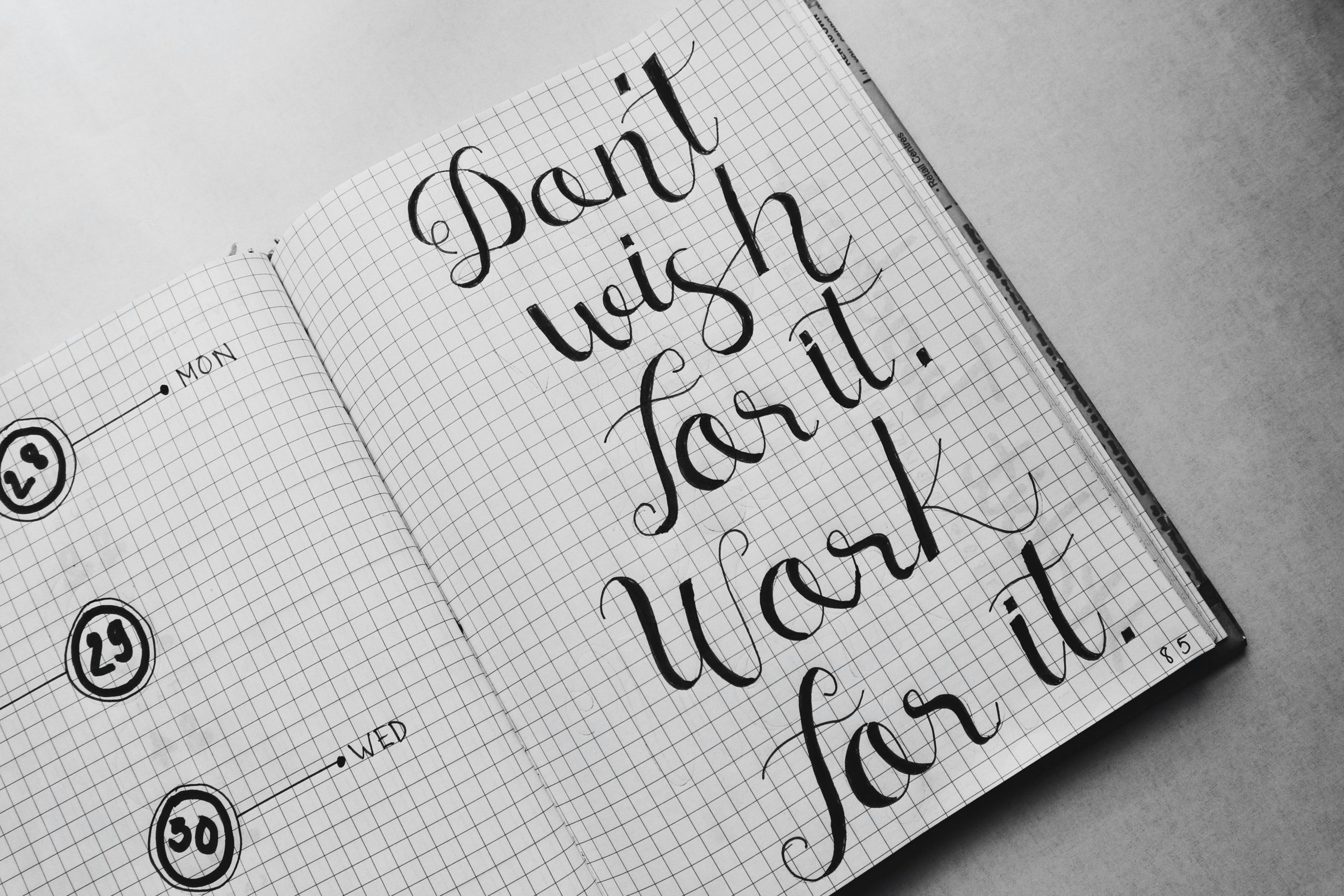Optimize Your Chances of Witnessing the Aurora Tonight in Reading!
Are you eager to catch a glimpse of the mesmerizing aurora tonight in Reading? You’re not alone! Many enthusiasts are curious about the ideal timing to experience this spectacular natural display. Last night, I caught a fragment of the aurora around 12:30 AM; however, it didn’t quite measure up to the stunning views that others have enjoyed.
If you’re planning to venture out to experience the aurora tonight, it’s useful to consult local resources or fellow aurora chasers to pinpoint the best viewing times. Conditions can vary, so staying updated with real-time weather forecasts and solar activity reports will certainly enhance your chances of spotting the lights.
Additionally, if you’re a photography enthusiast like me and want to capture this amazing phenomenon, I’d love to hear from anyone who has experience with the Samsung S23 Ultra. This powerful device boasts excellent astrophotography capabilities, as highlighted in its marketing. If anyone has tips on the best settings to use in Pro mode, please share!
For those in Southcote and surrounding areas, let’s make this a memorable night beneath the stars. Happy aurora hunting!

To appreciate the aurora borealis, also known as the northern lights, it’s essential to understand the best conditions for viewing them, particularly in a location like Reading, which isn’t traditionally known for aurora sightings. Since your experience last night was somewhat underwhelming, let’s delve into both the timing and the technical aspects of capturing this stunning phenomenon with your Samsung Galaxy S23 Ultra.
Best Time for Aurora Viewing
Timing: The best time to see the aurora is typically between 10 PM and 2 AM local time—this window tends to fall within the peak activity hours. However, phenomena like solar storms can cause variations, so if space weather predictions indicate heightened auroral activity, it’s worth staying up late.
Weather Conditions: Clear skies are essential. Cloud cover can obstruct visibility, so checking a reliable weather service for cloud cover forecasts is crucial. Websites like SpaceWeather.com can provide data on solar activity and potential aurora visibility in your area.
Darkness and Light Pollution: Find a spot away from city lights for the best viewing experience. While Southcote is a suburban area with some light pollution, heading to a more rural location could enhance your chances of seeing the lights clearly.
Camera Settings for Astrophotography with the S23 Ultra
Using your Samsung Galaxy S23 Ultra, you can achieve great results in capturing the aurora. The phone excels in low-light conditions, but here are some specific settings and tips to help you get the best shots:
White Balance: Adjust the white balance to around 4000K to 5000K for a cooler tone, which often enhances the greens and purples of the aurora.
Stabilization: Use a tripod or a solid surface to stabilize your phone during longer exposures, ensuring sharp images without blurs.
Experiment and Review: Don’t hesitate to take multiple shots with slightly different settings. Review each image on your device’s screen to adjust settings as necessary.
Post-processing: After capturing your images, consider using a photo-editing app to enhance colors, contrast, and sharpness. Apps like Snapseed or Adobe Lightroom can help bring out the vibrancy of the aurora.
Stay Patient and Enjoy: Sometimes, the aurora can be subtle. Stay patient, enjoy your time outdoors, and take in the experience of watching nature’s light show.
By combining these viewing tips with your photography settings, you’ll maximize your chances of witnessing and capturing the stunning beauty of the aurora. Good luck, and may your night be filled with wonder!
What an exciting post! Witnessing the aurora is undoubtedly a breathtaking experience, and your enthusiasm really shines through. To further optimize your chances of catching the lights tonight, consider checking solar activity forecasts on dedicated websites or apps like NOAA’s Space Weather Prediction Center or the My Aurora Forecast app. These resources can give you insights not only on solar flares but also on Kp index levels that indicate auroral activity.
For photography tips with the Samsung S23 Ultra, using a long exposure setting can yield stunning results. Try setting your ISO between 800 and 1600 to minimize noise, and adjust the shutter speed to around 10-20 seconds, depending on the light conditions. A tripod is essential for stability when capturing those long exposures. Lastly, don’t forget to experiment with different settings to find the perfect shot!
Stay warm and enjoy the night sky—may it be as colorful and mesmerizing as you hope. Happy aurora chasing!

What a fantastic post! It’s exciting to see so many people eager to witness the aurora. Timing definitely plays a crucial role in catching this elusive spectacle. I recommend checking the KP index, which indicates the level of geomagnetic activity. A KP index of 5 or more is generally ideal for visibility in lower latitude locations like Reading.
Also, while aiming for photography capture, consider using a tripod if you have one; it helps to stabilize your shots and allows for longer exposure times to capture the colors of the aurora more vibrantly. If the S23 Ultra has a manual mode, try experimenting with settings like ISO around 800-1600, an aperture of f/1.8 or larger, and a shutter speed of 10-20 seconds depending on the intensity of the aurora.
Lastly, connecting with local aurora groups on social media might provide real-time updates from fellow enthusiasts in your area, which can enhance your chances of a great sighting. Wishing everyone a magical night under the northern lights!